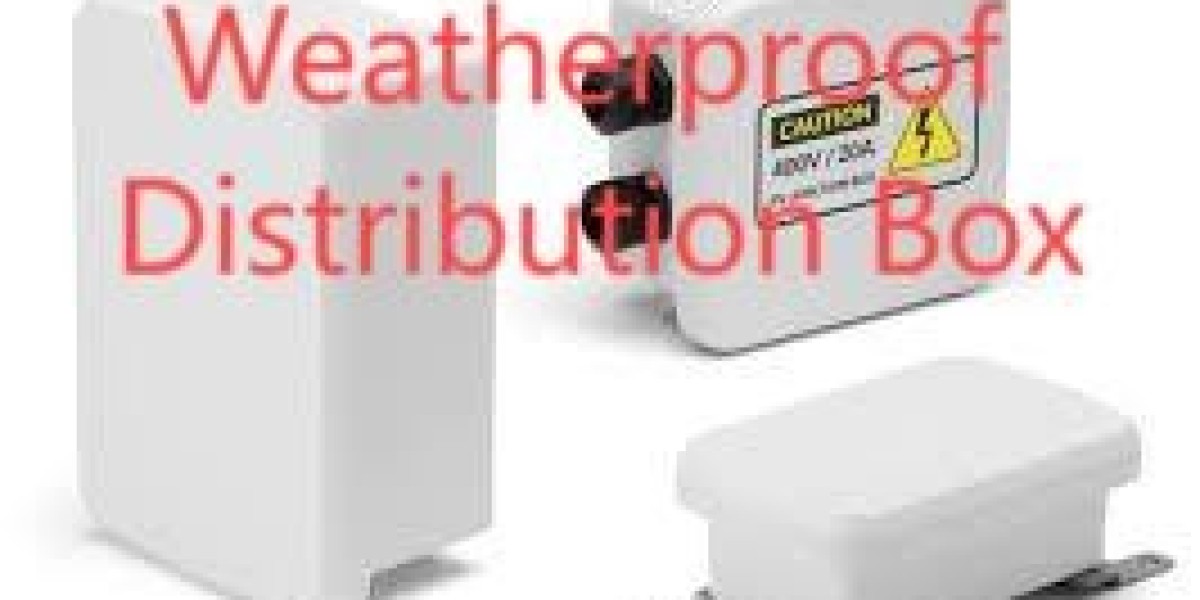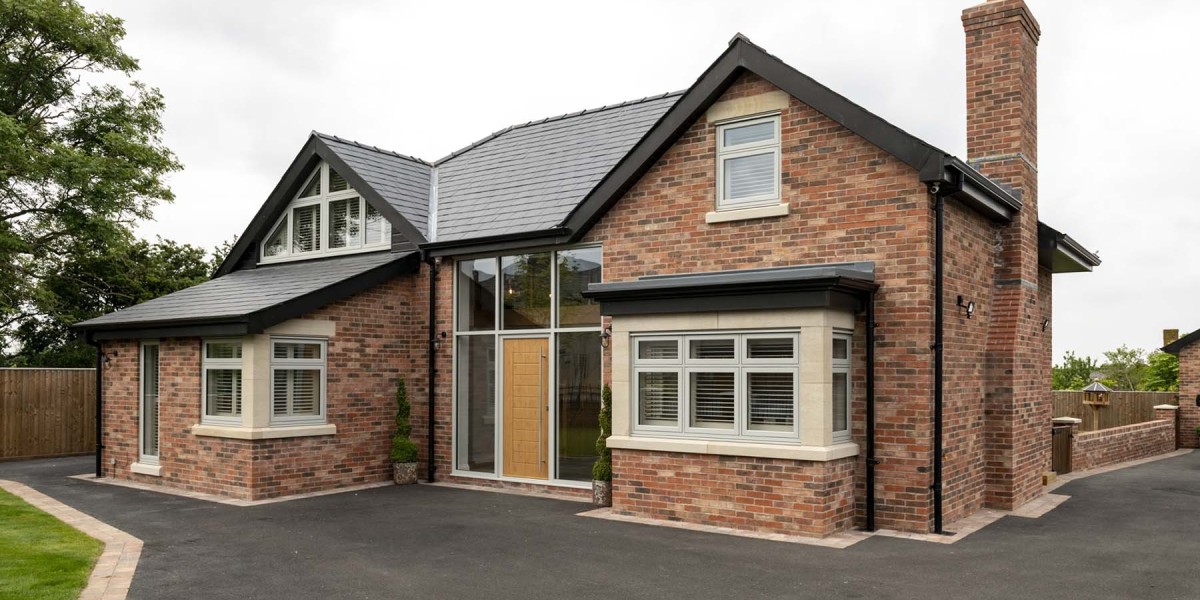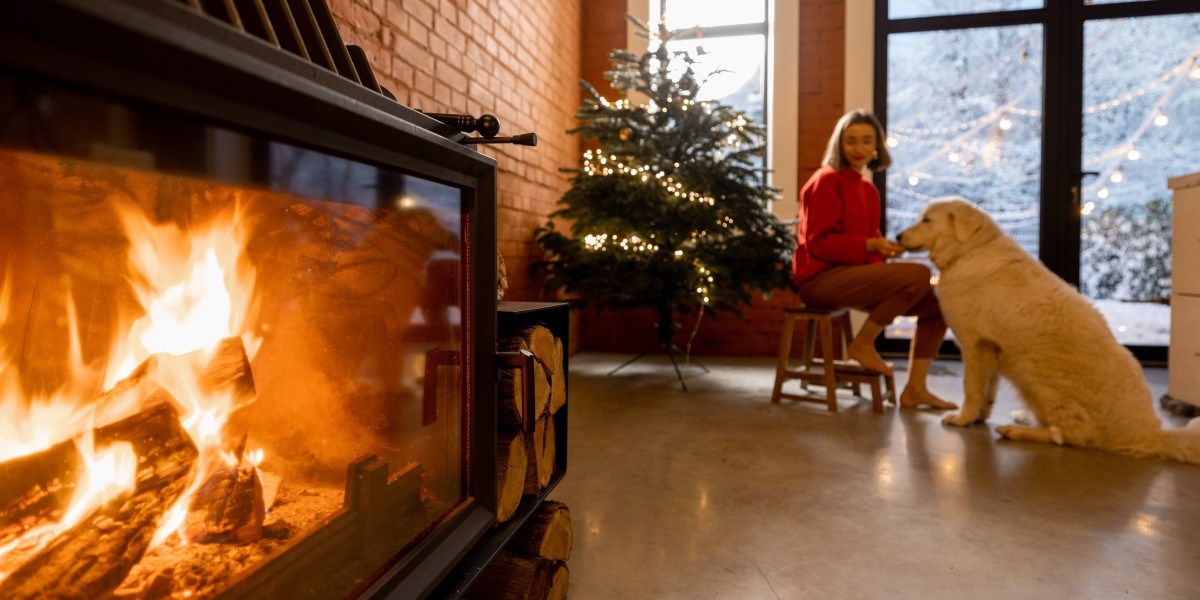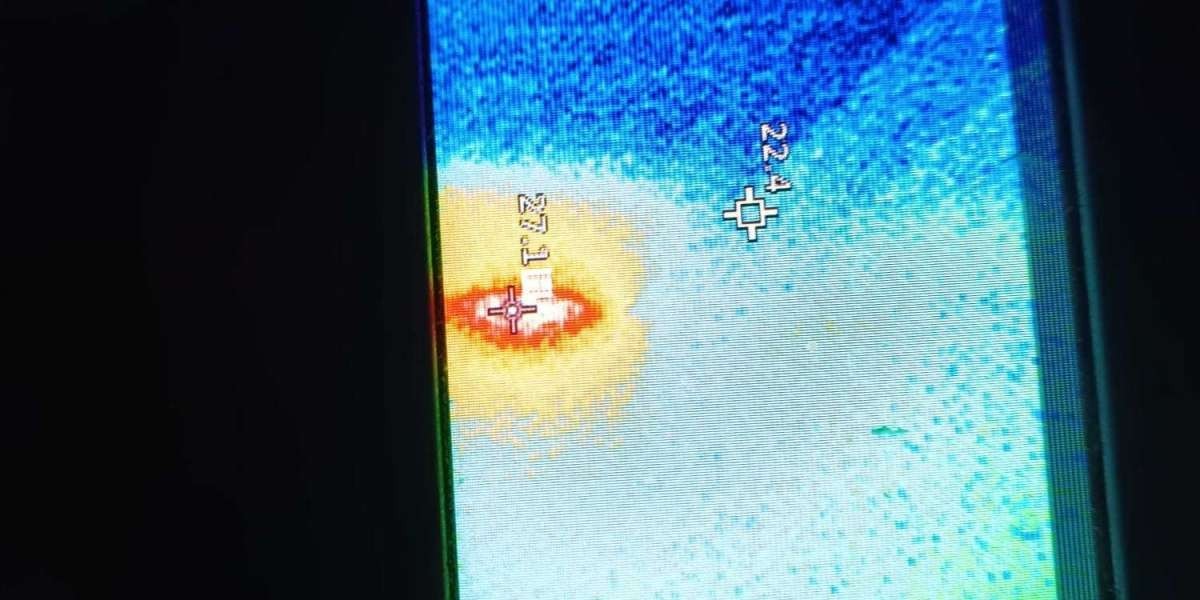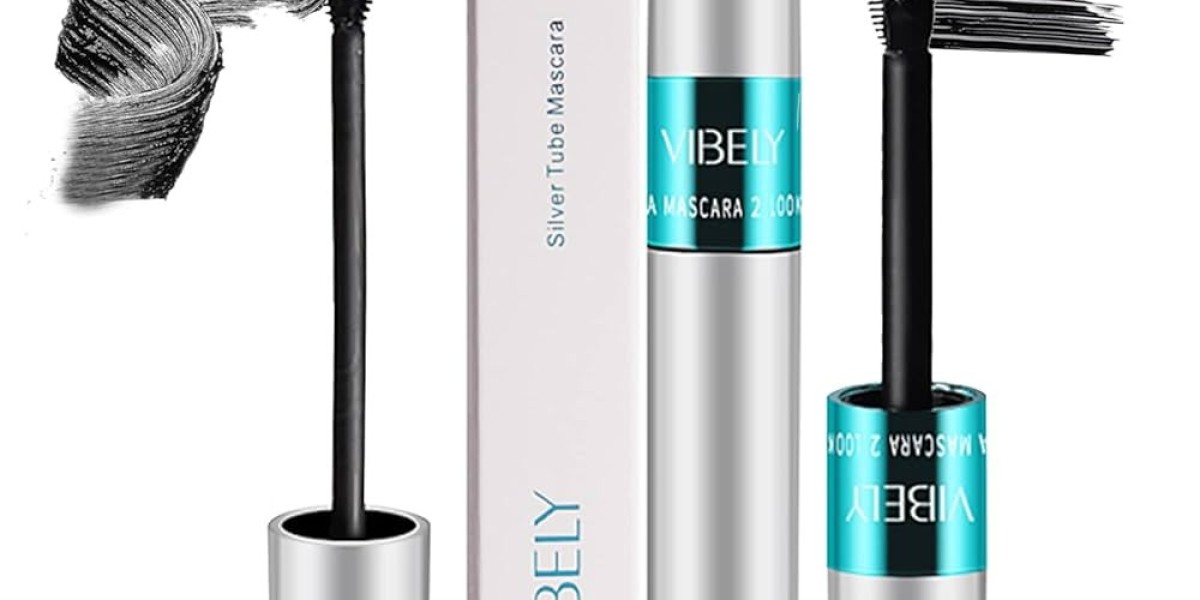Achieving a reliable outdoor power setup often begins with selecting the right weatherproof distribution box for wall mounting, which serves as the central hub for organizing circuits while defending against moisture, dirt, and accidental impact.
Key Functional Attributes
The ideal enclosure delivers robust ingress protection (IP) ratings—commonly IP65 to IP66—ensuring complete sealing against dust and heavy water jets. Look for durable gaskets around the door perimeter, corrosion-resistant hinges, and captive metal fasteners that won’t loosen under vibration. Internally, built-in cable management rails and knockouts for different conduit sizes simplify wiring layouts, preventing strain on connections. A transparent inspection window or clear cover option can speed up visual checks without exposing live components.
Schneider Electric Solutions
Schneider Electric’s wall-mount distribution boxes blend modular flexibility with industrial-grade resilience. Their range includes enclosures with pre-drilled mounting plates, removable din rails, and secure locking mechanisms to deter unauthorized access. Optional blanking panels and blanking plugs allow technicians to customize entry points while preserving the enclosure’s IP rating. Additionally, Schneider Electric provides integrated surge protection modules that slot directly into the distribution panel, offering built-in transient overvoltage defense.
Installation Best Practices
Proper mounting ensures maximum protection and ease of service. Always choose a flat, stable exterior surface free of gaps or protrusions. Position the box at a comfortable working height while avoiding direct exposure to drips or pooling water. Use stainless-steel or zinc-coated anchors to resist rust over time. After routing cables through sealed gland fittings, torque all screws to manufacturer specifications. Leave adequate space around the enclosure—typically a minimum of 200 mm—for heat dissipation and safe access during maintenance.
Material Selection Insights
Your local climate and exposure levels should dictate the enclosure material. Powder-coated steel offers excellent mechanical strength but may require touch-up paint if scratched. UV-stabilized polycarbonate or ABS resin withstands prolonged sun exposure without yellowing and resists cracking at low temperatures. In coastal or chemical-exposed sites, consider marine-grade stainless steel (304 or 316) for superior corrosion resistance. Ventilation slots with insect screens or breathable membrane vents can mitigate internal condensation while keeping contaminants at bay.
Maintenance and Longevity
Routine inspections will preserve performance and safety. Every six months, check for seal compression loss, damaged cable glands, or evidence of rust around fasteners. Clean exterior surfaces with mild, non-abrasive detergents. Inside, look for signs of overheating—discolored terminals or a burnt odor—and tighten loose connections. For extreme environments, consider replacing gaskets annually. Installing a weatherproof distribution box for wall mounting represents a long-term investment; vigilant upkeep ensures uninterrupted operation and extends service life.
For detailed product selections and expert guidance, visit www.nante.com
